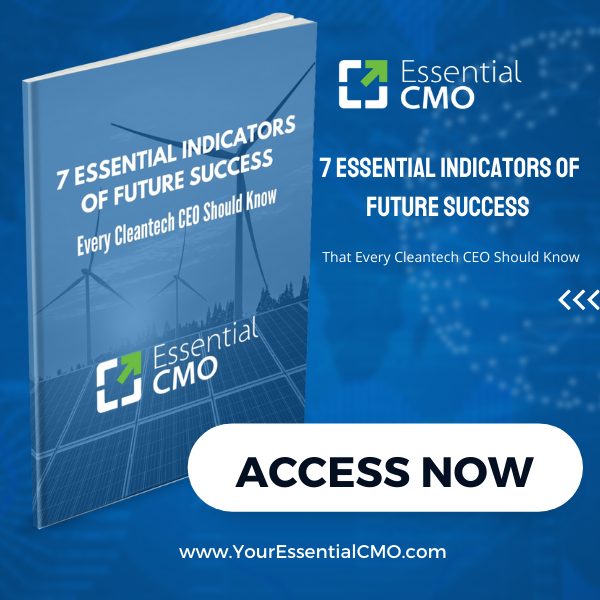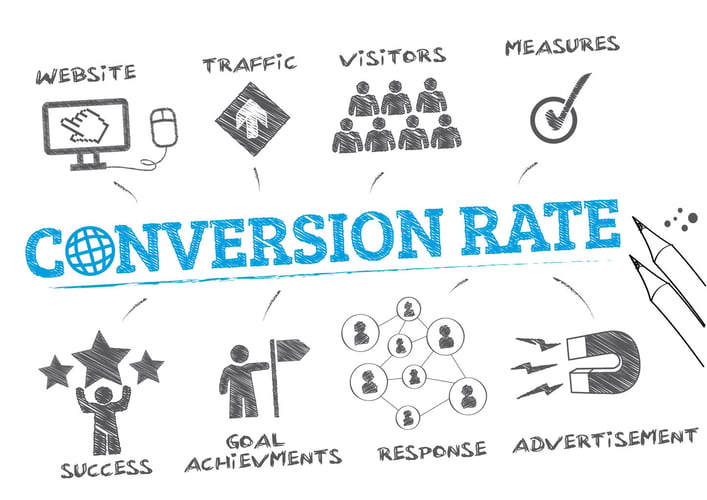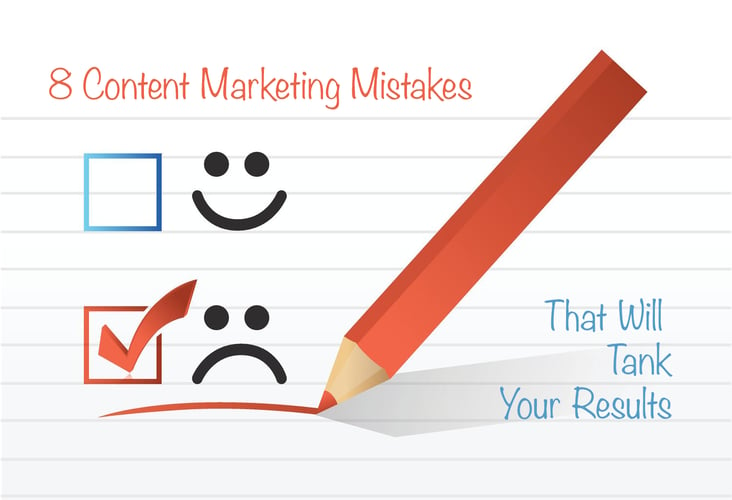How easy is it for website visitors to do business with your company? Do you let them know how to use your site with a Call to Action? Think of a “Call to action” as instructions you give to visitors on what to do when they get to your website.
What’s a call to action?
Here's an everyday world example. Remember the last time you ate out at a new restaurant? When you walked in, you were probably greeted by someone (or a sign) that let you know the next step - “Please Seat yourself” or “Please Wait to Be Seated.” You were informed of the next step as soon as you arrived so you knew what to do.
Without calls to action, your website visitors are likely to wander around without direction and then leave. They are looking for direction from you. They want to know “What’s the next step?” They came for a reason, and with a goal in mind. It’s up to you to make it easy for them to achieve their goal.
A Call-to-Action (CTA) is an instruction that lets your visitor know the next step. You’re giving them an action to take. It’s that simple. The action you choose for them to take should both help them meet their goals and your goals too. What should your goals for a call-to-action be? The purpose of any call-to-action is engagement and interaction. Your call-to-action might take them deeper into your website (Read More, Show Me, Etc.), or move them along a path through your sales funnel (Give Me the Tips, Order Now, Etc.)
Have you seen these CTAs before?
- Buy now
- Download now
- Subscribe to our newsletter,
- Request a quote.
Note: these are not the best CTAs, but they're probably familiar. Read on for tips on what makes a good call to action and what to avoid. But, first, why should you care about CTAs?
Why your website needs calls-to-action
Without a call to action, your website is passive. You’ll be giving information but you won’t have a clue whether that information is helping your audience buy from you. CTA’s will give some indication of whether your offerings are what your visitors want. (Be sure to monitor the metrics on your CTAs.)
You have to ask your visitors to take up the offer or take the next step. If you don’t ask, most people won’t take action (because the next right action is probably not as obvious as you think it is).
No CTA means you’re not closing the deal; you’re not converting. You’re “leaving money on the table” (and who wants to do that?) To boost your website ROI, make sure you're engaging your visitors and asking for the business.
Every page on your website needs at least one call to action. Whether or not you have an offer, opt-in, or something to sell. Every page needs some action, even if it is to read a related article on your blog.
Every blog article needs a call to action for a lead-generation campaign related to the blog topic. Plan your blog articles to attract traffic focused on your target audience’s interests. Pair each article with a relevant offer such as an ebook or infographic. Place a call-to-action to get more information by downloading your offer. With a call to action, every blog can be a lead-generation system
What makes a good call to action?
Here's a quick checklist to keep you on track.
- Grab attention and be clear about what they’ll get: “Yes! Give me my tips!” (instead of "Download the report".)
- Keep it short, focused, and relevant - your CTA text should fit on a button.
- Use intriguing action verbs - Grab, Get, or Discover v. Download. Send message v. Submit.
- Speak the language your ideal prospects speak. Do your ideal customers prefer formal, or casual language - Grab v. Get or Give?
- Use the first person (Give me my checklist v. download checklist.)
- Create urgency (use Now, Today, Immediate Access.
- Make it sound easy - “Discover v. Learn, Join v. Start or Sign Up”
What makes a bad call to action?
Don’t make your CTA’s boring or common.
- Buy now
- Call now
- Contact us
- Subscribe
- Submit
- Download
A good rule of thumb is one CTA (or campaign) per page. However, have your CTA (campaign) multiple times on the page in different formats (text links, buttons, images.) Ask them to do one thing, multiple times on the page.
Next Steps
Review your website. Do you have CTAs on each page? One of the biggest mistakes we see on a company website is no CTA for lead capture “above the fold” on the front page. If you don’t have one, be sure to add one right away. Make sure your offer is visible without scrolling down the page.
If you have CTAs, how are they doing? Use the tips above to make improvements. Get this ebook for more tips for CTAs that get results.
Lastly, do some A/B testing if you can do so rather than guessing what works. Not sure where to start? Let us help with a free website evaluation.
Marketing Monsoon, LLC is a growth agency specializing in lead generation, sales enablement, and customer engagement for alternative energy, healthcare technology, and staffing and HR companies. Our expertise includes strategy development, content marketing, lead generation systems, local search marketing, social media marketing, and email marketing. Get started on your strategy today by reaching out to Marketing Monsoon at (866) 851-1793.








